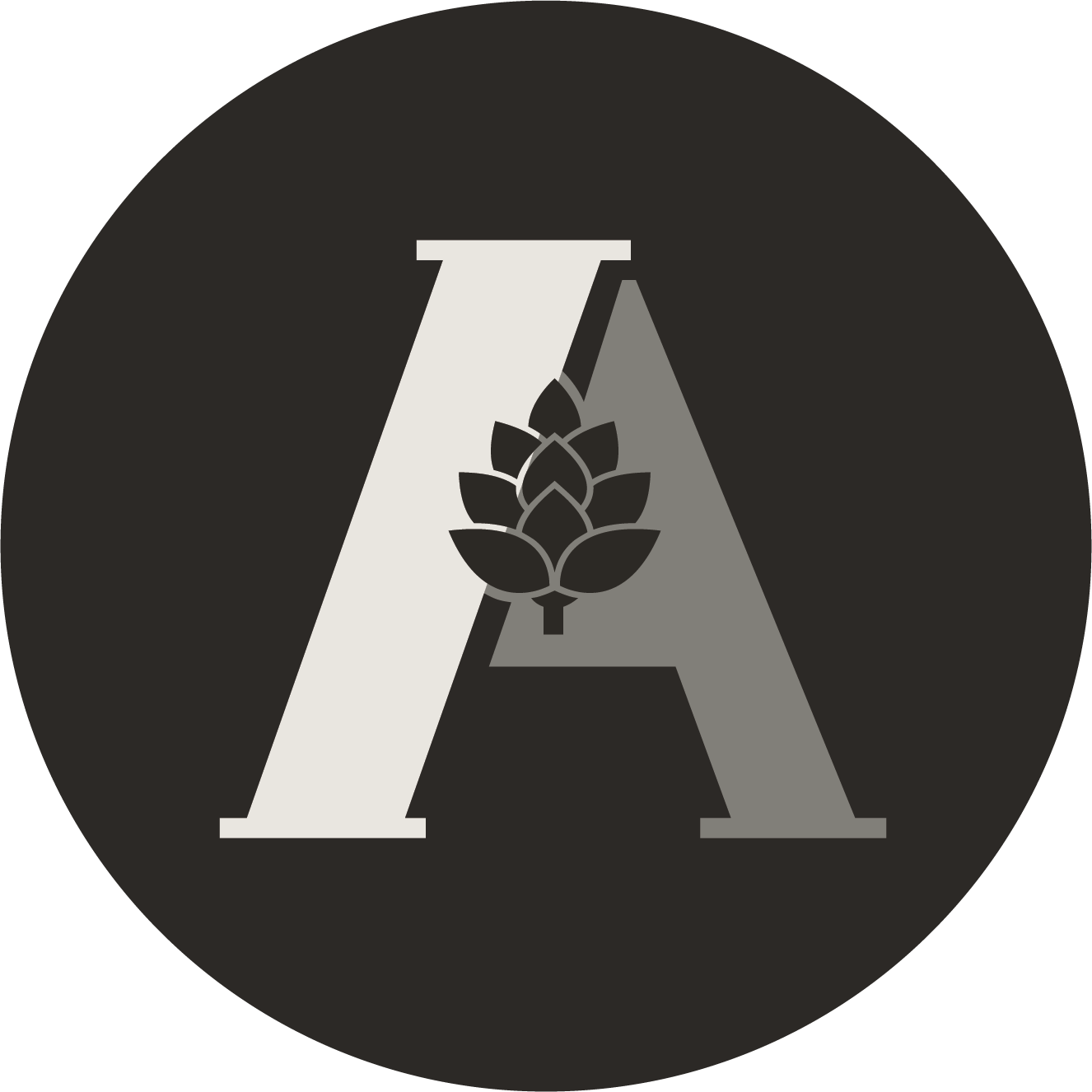FORGOTTEN CHICAGO
Craft Cocktails Celebrating the Storied History of the Windy City
Urbs in Horto
Ford’s Gin, Dill Aquavit, Fernet, Pierre Ferrand Dry Curacao, Lemon, Simple Syrup, Peychauds, Thyme
Myth’s O’Leary
Tullamore Dew Irish Whiskey, Horseradish and Green Apple Infused Boulard Calvados, Tempus Fugit Creme de Cocoa, Vanilla, Whole Egg, Heat
Shikakwa
North Shore Mighty Gin, El Dorado Rum, Dry Vermouth, Pickled Ramp, Chive Oil
Fort Dearborn
Wild Turkey 101 Rye, Pierre Ferrand 1840 Cognac, Pierre Ferrand Dry Curacao, Fernet, Peychauds, Lemon Expression
Interwar
Dewars White Label Scotch, Laphroaig 10 Year Single Malt, Luxardo Bitter Bianco, Ginger Liqueur, Lemon, Angostura, Soda Water
Route 66
Shanghai 63, Sailor Jerry’s Spiced Rum, Plantation OFTD, North Shore Aquavit, NixtaLicor De Elote, Almond Orgeat, Cinnamon Syrup, Parmesan Tincture, Toasted Chipotle Tincture
No Place LIke Home
Grey Goose Strawberry & Lemongrass, Italicus Rosolio di Bergamotto, Fruitful Strawberry Liqueur, Lemon, Silver Sparkling Simple Syrup, Orange Bitters, Tiamo Prosecco
Windbags
Sweet Relish Infused Milagro Tequila, Cointreau, Chareau Aloe Liqueur, Agave, Sport Pepper Brine, Egg White, Cel-Ray Soda, Celery Salt
Municipal Device
Zeal For Zielke Industry Ales Pale Ale, Orgeat, Lemon, Underberg

